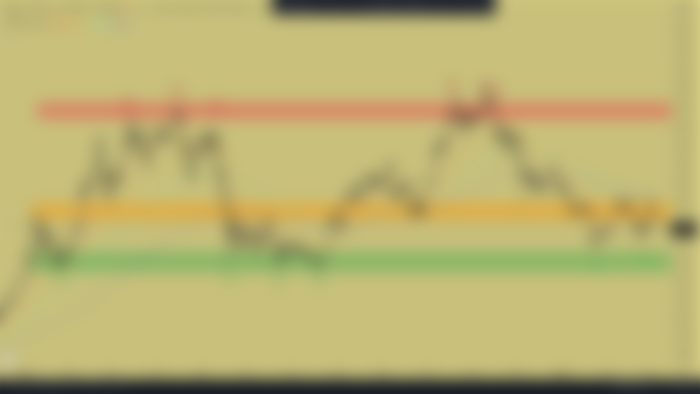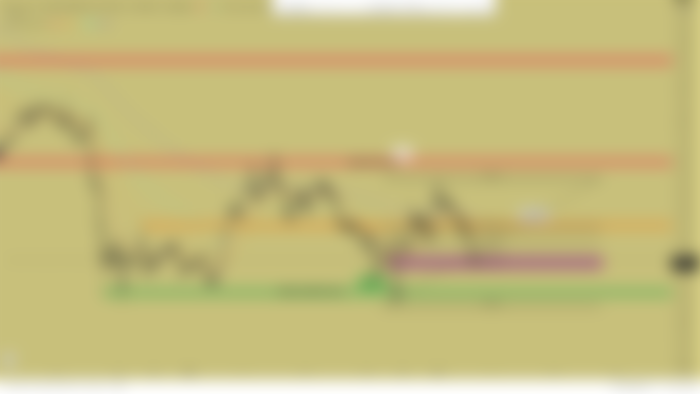Aave&Bitcoin&Bitcoin Cash Analysis/05.03.22-Right perspective
First of all, I would like to thank my sponsors.You can follow them here.
The posts on this page are not investment advice .I am not a financial advisor. Just sharing my thoughts.
My motto is Keep things simple.
Follow the Trendlines, not the Headlines.
I will try to show you what I see.We will look at many altcoin analyzes.
Remember! Buy the Fear, Sell the Greed.
Fibonacci is my favorite love after my wife :D
If you are ready, shall we begin??
Let's start with Bitcoin!
Market Cap
$742,387,150,418
Currently Price
$39,124.55
source: https://coinmarketcap.com/currencies/bitcoin/

Today I want to look at bitcoin from a broader perspective.for me bitcoin has 3 important regions.I must admit that whales do a very good job of scaring people.for them, lowering the price means they get bitcoin much cheaper.they are not afraid because they know very well what to do when.we small investors have to do is be patient. We need to see where the whales' next move will come from and stay in the direction they're going.You know the fed's statement this month (15 - 16 March) and the battle continues, all of which make investors hesitant to buy bitcoin.
Next is Bitcoin Cash!
Market Cap
$5,508,128,388
Currently Price
$289.90
source: https://coinmarketcap.com/currencies/bitcoin-cash/

Let's take a look at the bitcoin cash chart, the price is currently near the 0.705 level, which is the fibonacci final retracement zone. If the price goes down more from here, I think there will be reaction buying from the levels I drew with the strong support zone green.
Next is Aave
Market Cap
$1,692,844,284
Currently Price
$124.21
source: https://coinmarketcap.com/currencies/aave/

price failed to break the blue falling trendline it was tried a lot but could not pass.We are now in the last support zone. If it wants to rise, the price must stay above this point.

source: https://alternative.me/crypto/fear-and-greed-index/
like i said, whales know how to scare :)
I want to give you some information about Aave.
What Is Aave (AAVE)?
Aave is a decentralized finance protocol that allows people to lend and borrow crypto.
Lenders earn interest by depositing digital assets into specially created liquidity pools. Borrowers can then use their crypto as collateral to take out a flash loan using this liquidity.
Aave (which means “ghost” in Finnish) was originally known as ETHLend when it launched in November 2017, but the rebranding to Aave happened in September 2018. (This helps explain why this token’s ticker is so different from its name!)
AAVE provides holders with discounted fees on the platform, and it also serves as a governance token — giving owners a say in the future development of the protocol.
Who Are the Founders of Aave?
Aave, and its predecessor ETHLend, were founded by Stani Kulechov. At the time, he was frustrated at the lack of lending applications on Ethereum — and his project was built before decentralized finance even existed.
Kulechov is a serial entrepreneur who went to law school and began programming when he was a teenager. He was an early adopter in the blockchain space. The CEO has said that he wanted to rebrand ETHLend as Aave so the company could offer a wider range of services beyond Ether lending.
According to Kulechov, Aave’s main target market are people who are already engaged in the cryptocurrency community.
What Makes Aave Unique?
Aave has several unique selling points when compared with competitors in an increasingly crowded market. During the DeFi craze in the summer of 2020, it was one of the biggest projects in terms of the total value of crypto locked in its protocol.
The project allows people to borrow and lend in about 20 cryptocurrencies, meaning that users have a greater amount of choice. One of Aave’s flagship products are “flash loans,” which have been billed as the first uncollateralized loan option in the DeFi space. There’s a catch: they must be paid back within the same transaction.
Another big selling point is how those who borrow through Aave can alternate between fixed and variable interest rates. While fixed rates can provide some certainty about costs during times of volatility in the crypto markets, variable rates can come in handy if the borrower thinks that prices will fall in the near future.
Find out more about Compound (COMP) here
Discover how Maker (MKR) tokens work
Learn about cryptocurrencies with CMC Alexandria
CoinMarketCap Blog: The latest news and features
How Many AAVE (AAVE) Coins Are There in Circulation?
Circulation is linked to the total value locked on Aave, as tokens are burned whenever the protocol gathers fees.
An initial coin offering was held in November 2017, where $16.2 million was raised by selling one billion AAVE tokens at a rate equivalent to $0.0162 a piece. At the time, 23% of AAVE tokens were assigned to its founders and project.
AAVE tokens have been built based on the ERC-20 standard, and they are designed to be deflationary. In the event of a shortfall in the DeFi protocol, staked tokens would be used as collateral as a last resort.
In July 2020, Aave unveiled plans to hold a token swap. This means that the 1.3 billion AAVE tokens in circulation would be swapped for the newly minted AAVE cryptocurrency at a ratio of 1:100, creating a total supply of 16 million AAVE. (Three million of this would be held in reserve.)
How Is the Aave Network Secured?
Aave’s open-source protocol is built on Ethereum, a blockchain that is currently making the transition from Proof-of-Work to Proof-of-Stake.
source: https://coinmarketcap.com/currencies/aave/
Btw I'm thinking of increasing the analysis of altcoins day by day.
Those were my market comments today, thank you for reading.
See you again soon. I will be here after this.
Respects.




This is really good. I appreciate your analysis per tokens. I'm reading your daily article and waiting your analysis.